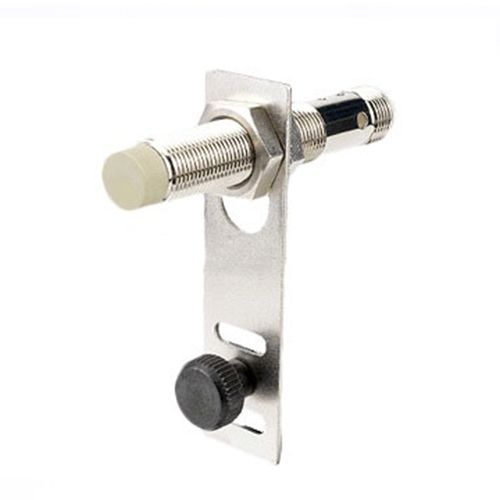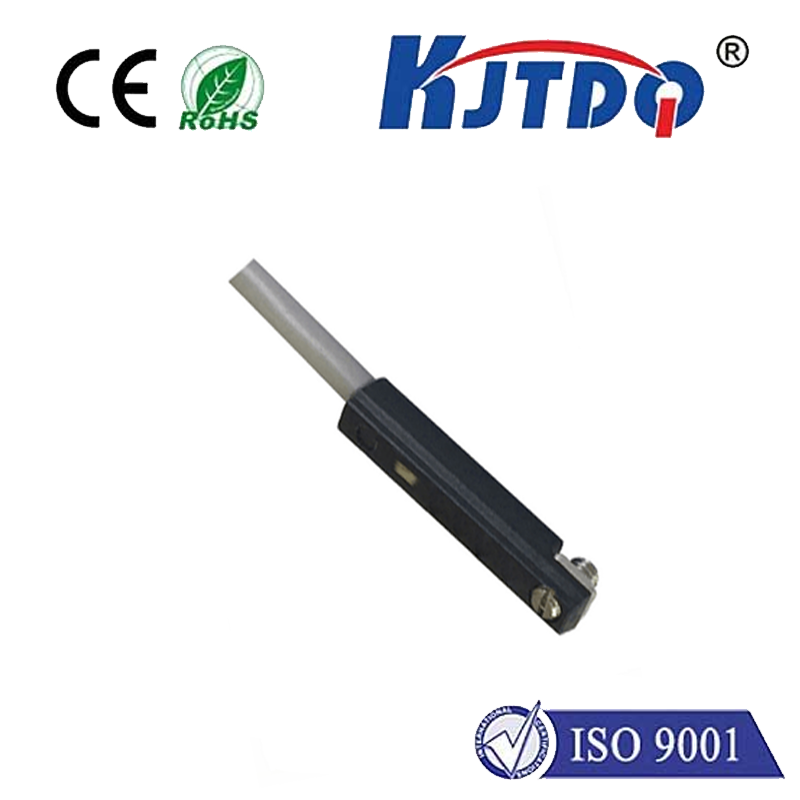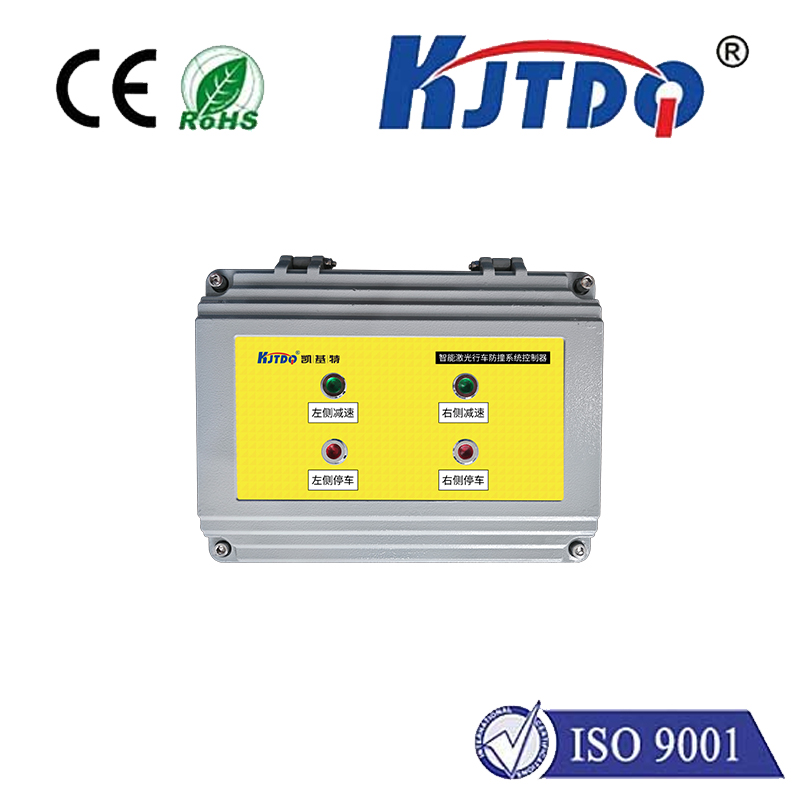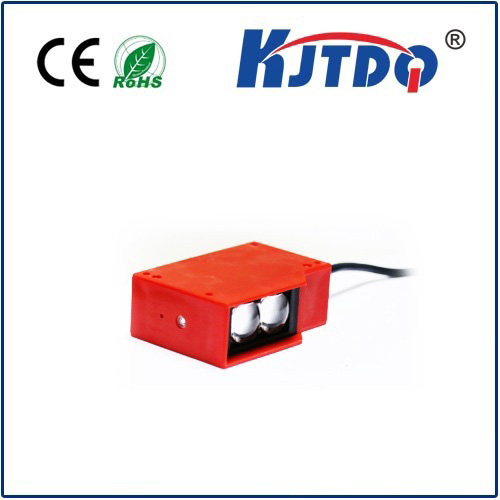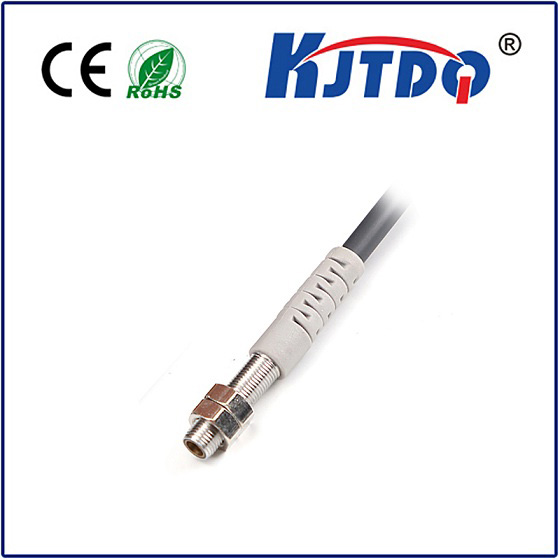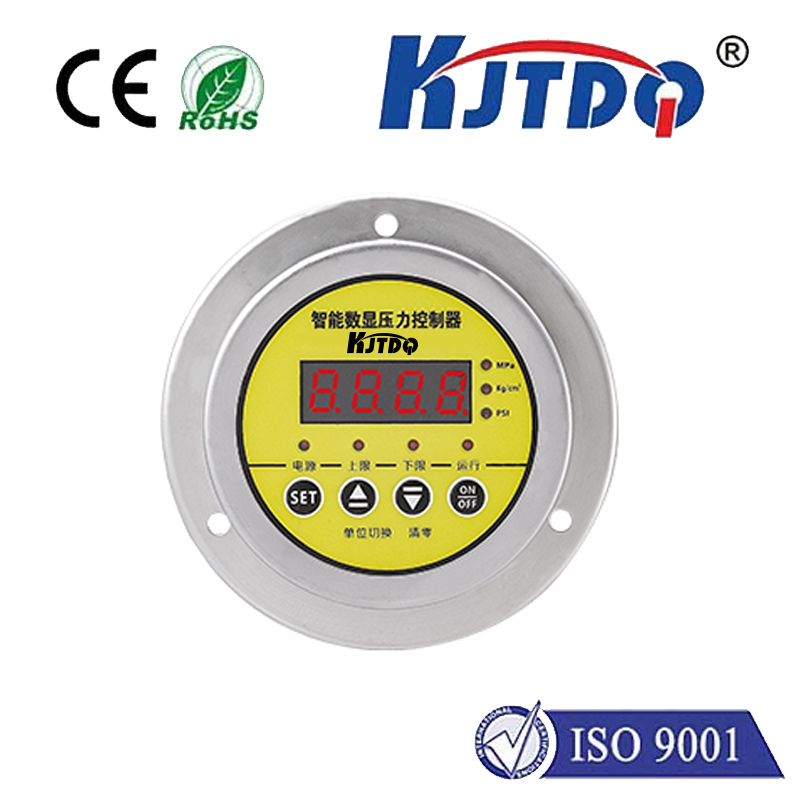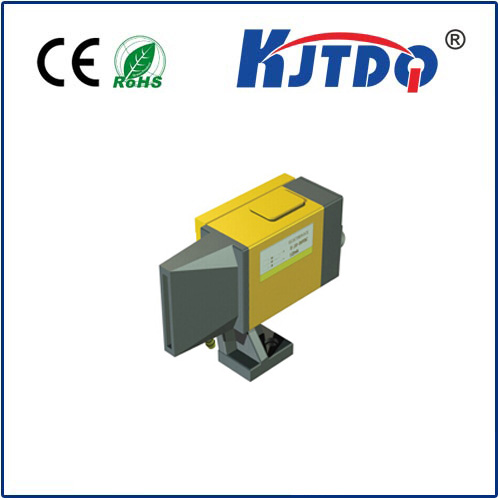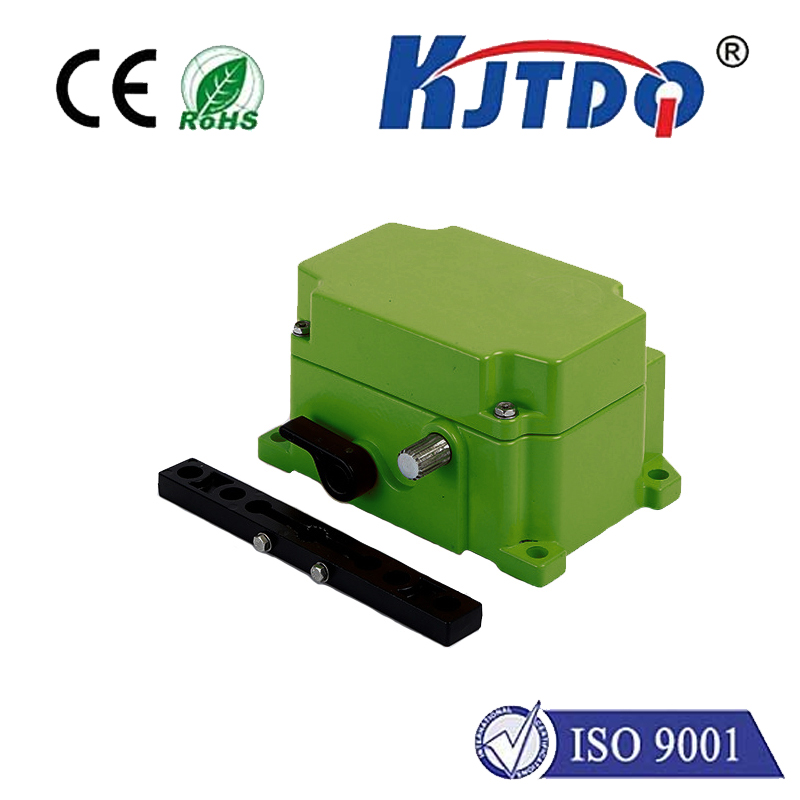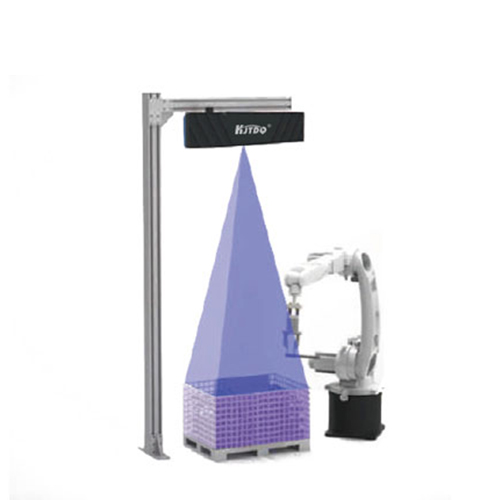current limit switch
- time:2025-08-01 11:50:25
- Click:0
Current Limit Switches: Your Essential Defense Against Electrical Overload Catastrophes
Imagine the hidden danger coursing within your walls, machinery, or critical systems: electrical current silently surging beyond its intended path. Left unchecked, this overcurrent is a silent saboteur, capable of melting wires, destroying expensive equipment, igniting fires, and causing catastrophic downtime. This ever-present risk underscores the critical importance of a fundamental guardian in electrical systems: the current limit switch. Far more than just a simple switch, it acts as a decisive shield, meticulously monitoring electrical flow and taking instantaneous action when danger looms.
Understanding the Core Function: Guardians of the Circuit
At its essence, a current limit switch is a specialized protective device designed to automatically interrupt an electrical circuit when the current flowing through it exceeds a predetermined, safe level for a specific duration. This threshold is known as the trip current or current rating. Its primary mission is overcurrent protection, guarding against two main threats:
- Overloads: Conditions where the current exceeds the normal operating level for a sustained period, often due to too many devices drawing power or a malfunctioning component. Overloads cause gradual, damaging heat buildup.
- Short Circuits: A catastrophic failure where current takes a near-zero-resistance path, bypassing the intended load. This causes an extremely rapid and massive surge of current, posing an immediate fire and equipment destruction hazard.
The Mechanism: How Current Limit Switches Sense and Act

While designs vary, most current limit switches operate using one or both of these fundamental principles:
- Electromagnetic Tripping (Instantaneous): This mechanism leverages the magnetic field generated by current flow. Under normal conditions, the magnetic force is insufficient. However, during a short circuit – characterized by a massive, near-instantaneous current spike – the resulting powerful magnetic field rapidly pulls on a plunger or armature. This triggers a mechanical release, forcing the contacts apart and interrupting the circuit within milliseconds.
- Thermal Tripping (Time-Delayed): This mechanism addresses sustained overloads. A bimetallic strip, heated directly or indirectly by the circuit current, bends as its temperature rises. If the overload persists long enough to heat the strip beyond its calibrated threshold, the bending action triggers the mechanical release, opening the contacts. The time taken depends on the magnitude of the overload – higher currents cause faster tripping. This characteristic is defined by the device’s trip curve.
Common Types and Their Applications
- Miniature Circuit Breakers (MCBs): Ubiquitous in residential, commercial, and light industrial electrical panels, MCBs are the most recognizable type of current limit switch. They combine thermal (overload) and electromagnetic (short circuit) protection in a single, resettable device.
- Molded Case Circuit Breakers (MCCBs): Designed for higher current applications in commercial buildings, industrial facilities, and large equipment protection. They offer adjustable trip settings, higher interrupting capacities, and robust construction.
- Motor Protection Circuit Breakers (MPCBs): Specifically engineered for electric motors. They incorporate precise thermal imaging to mimic the motor’s heating characteristics, providing superior overload protection and often integrating short-circuit protection, sometimes replacing the need for separate fuses and overload relays.
- Solid-State/Electronic Protectors: Utilize electronic sensors and microprocessors to monitor current. They offer highly precise trip settings, programmable delay characteristics, communication capabilities, and features like ground fault detection. Common in complex machinery and renewable energy systems.
- Thermal Cutoffs (TCOs) / Thermal Fuses: These are single-use, non-resettable devices primarily found within appliances and smaller electronics. They permanently open the circuit once a specific internal temperature (caused by overcurrent) is exceeded.
Why Are Current Limit Switches Non-Negotiable?
The benefits of integrating robust current limit switches into any electrical system are undeniable:
- Equipment Protection: They are the first line of defense, preventing costly damage to motors, transformers, wiring, control systems, and sensitive electronics by stopping destructive currents before they cause harm.
- Fire Prevention: Overheating wires and components are a leading cause of electrical fires. By interrupting overloads and short circuits, these devices significantly reduce fire risk.
- Enhanced Personnel Safety: Protecting equipment inherently protects people from electric shock hazards, arc flashes, and fires ignited by electrical faults.
- Preventing System-Wide Failures: A fault in one circuit can cascade, taking down an entire operation. Isolating the faulted circuit via the current limit switch prevents widespread downtime and operational chaos.
- Regulatory Compliance: Adherence to electrical safety codes (like NEC, IEC) is mandatory. Properly rated and installed current protection devices are fundamental to meeting these requirements.
- Operational Reliability: Minimizing unexpected failures due to electrical faults leads to smoother operations and increased productivity.
Selecting the Right Current Limit Switch: Key Considerations
Choosing the appropriate device is critical for effective protection. Key factors include:
- Voltage Rating: Must be equal to or exceed the system voltage.
- Current Rating (Ampere Rating): Must match or be slightly above the normal operating current of the circuit/load it protects. Sizing it too high negates protection; too low causes nuisance tripping.
- Interrupting Rating (AIC/kAIC): This is the maximum fault current the device can safely interrupt without destruction. It must be equal to or greater than the available fault current at the installation point. Underestimating this is extremely dangerous.
- Trip Curve (e.g., B, C, D): Defines the relationship between trip time and overload current magnitude. Choose based on load characteristics (e.g., resistive lighting - B curve; motors with moderate inrush - C curve; motors with high inrush or transformers - D curve). The right curve prevents nuisance tripping during normal startup surges.
- Number of Poles: Single-phase (1-pole, 2-pole), Three-phase (3-pole, 4-pole).
- Type of Load: Standard circuits, motors, transformers, capacitors, etc., may require specialized devices (e.g., MPCBs).
- Environment: Consider ambient temperature, humidity, potential for dust or corrosive atmospheres (may require specific enclosures).
Installation and Maintenance Best Practices
- Qualified Personnel: Installation should only be performed by licensed electricians or engineers adhering strictly to local codes and manufacturer instructions.
- Proper Sizing: Critical for the device installed at the origin of the circuit (e.g., the breaker in the panel) to have sufficient interrupting rating for the available fault current at that specific location.
- Coordination: Ensuring devices closer to the fault trip before upstream devices allows isolation of only the faulty section, minimizing disruption.
- Regular Inspection & Testing: Periodically check for signs of overheating, damage, or corrosion. Functional testing (often using specialized test equipment) verifies **trip time






